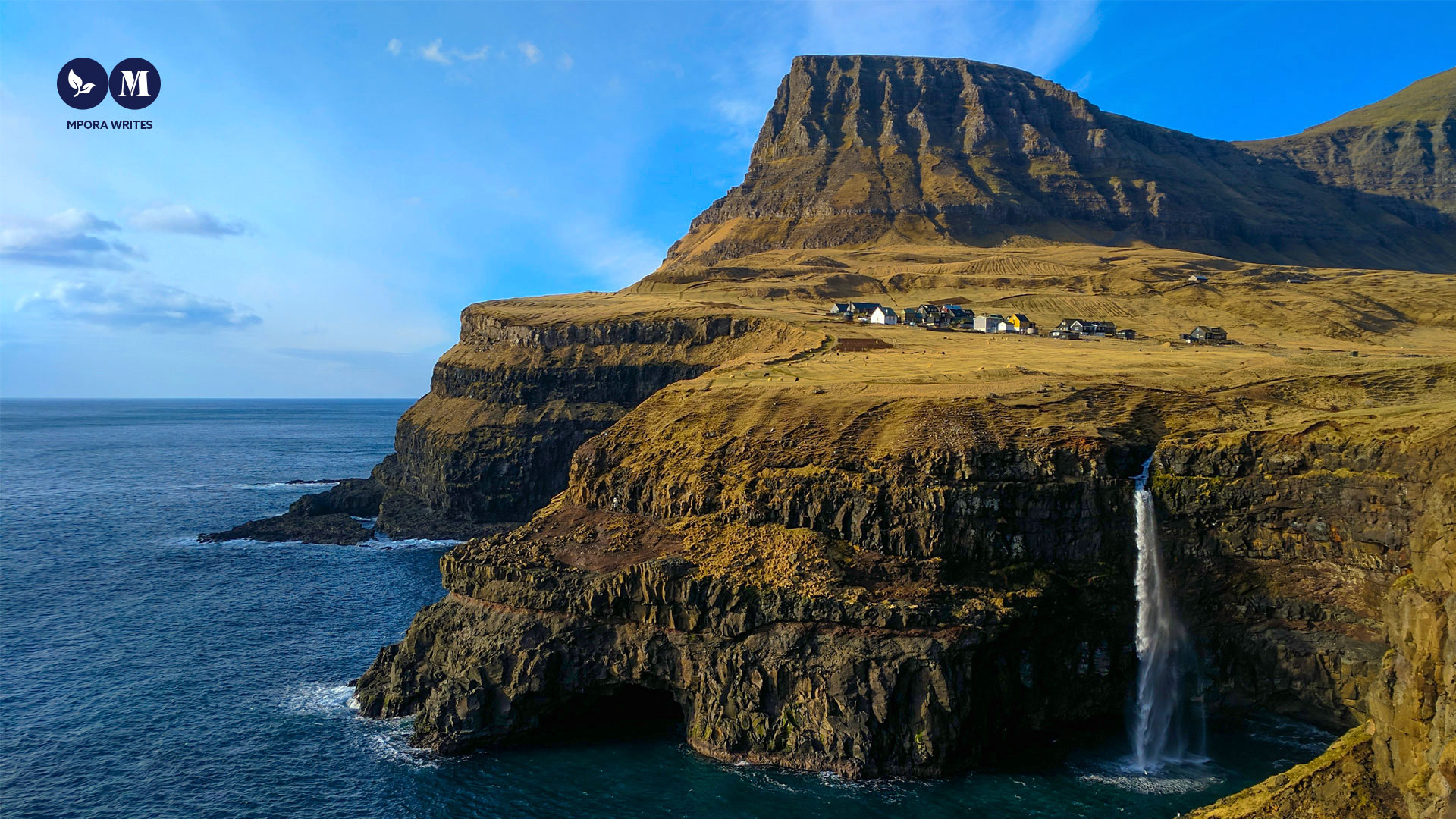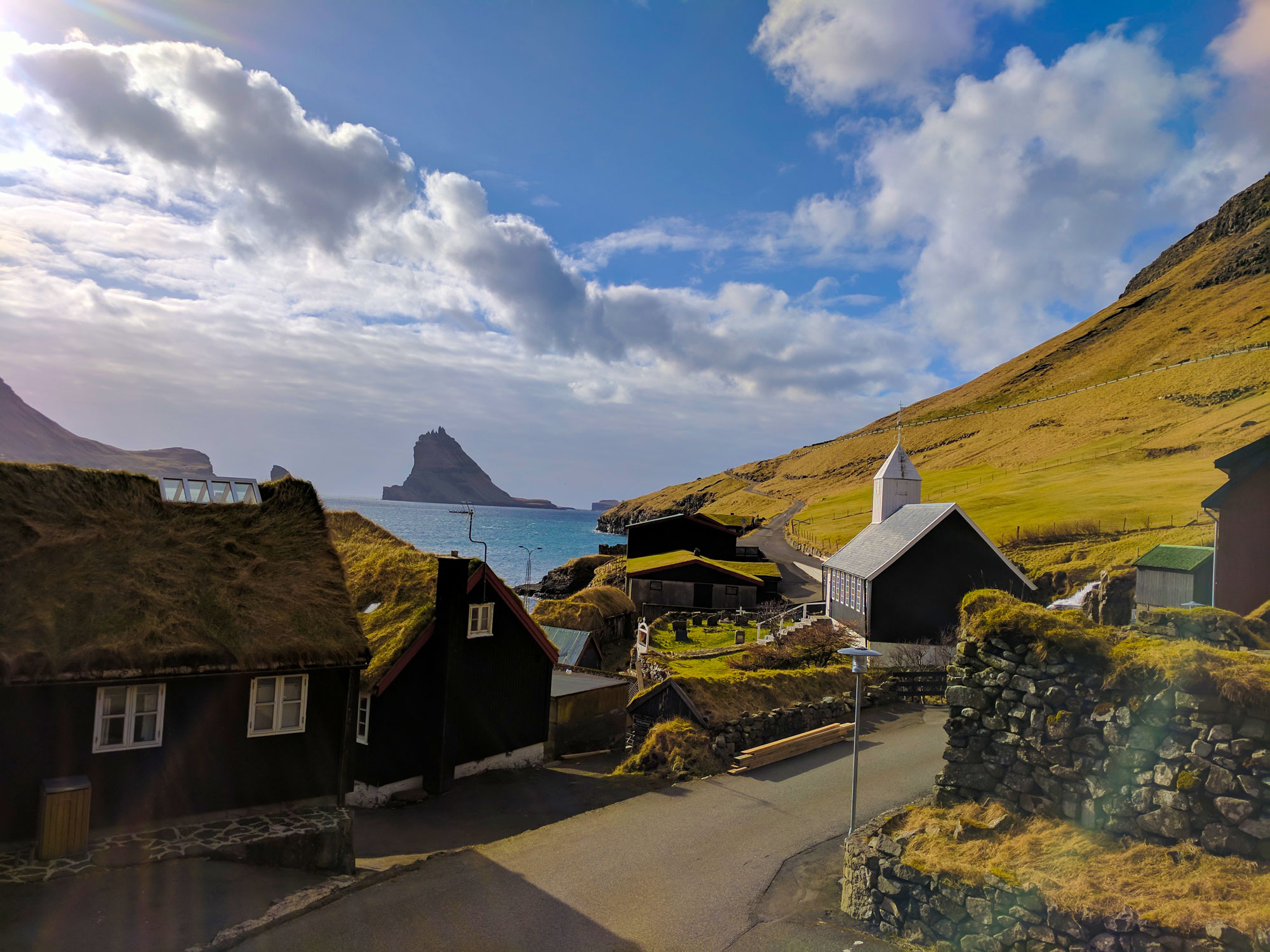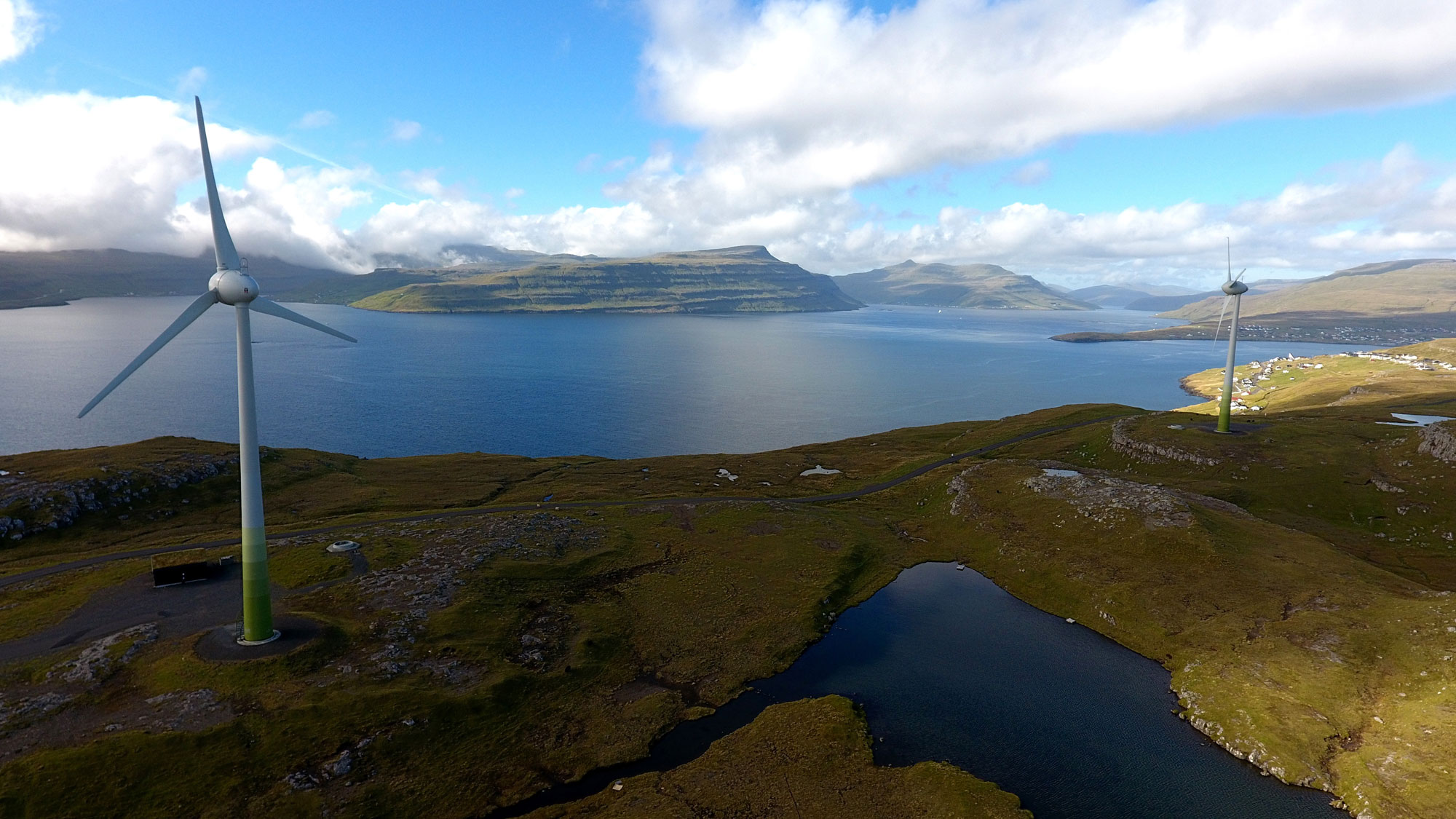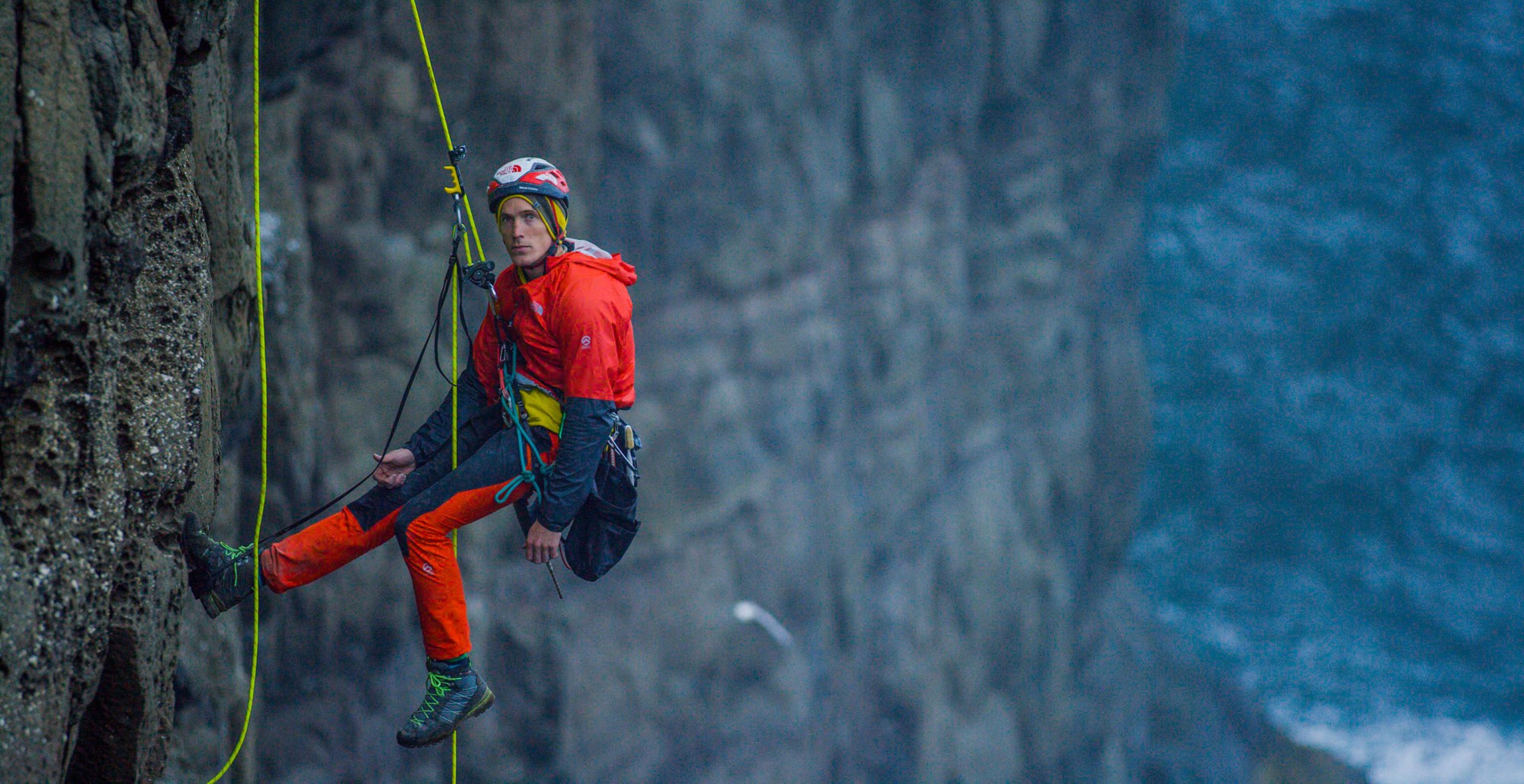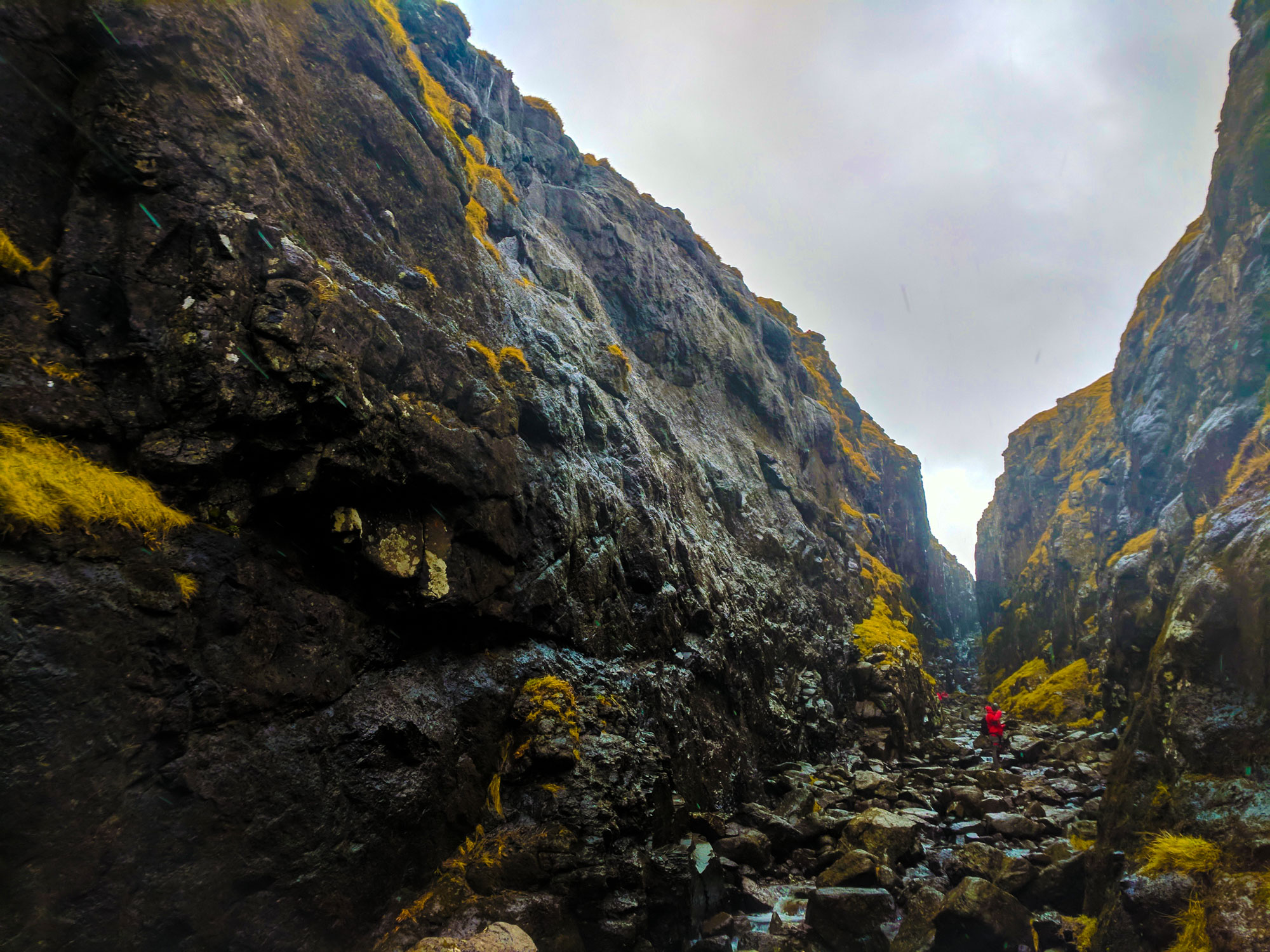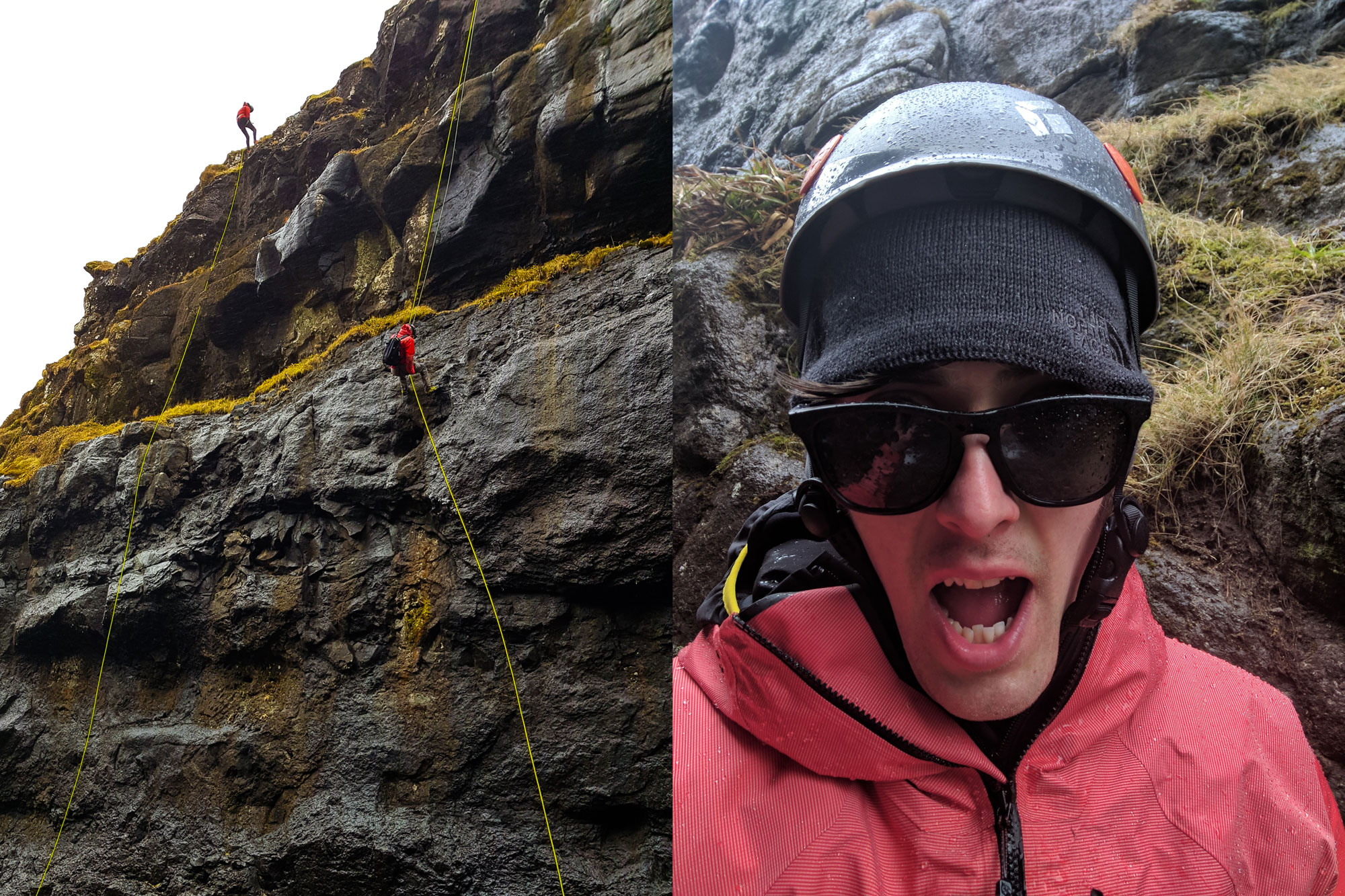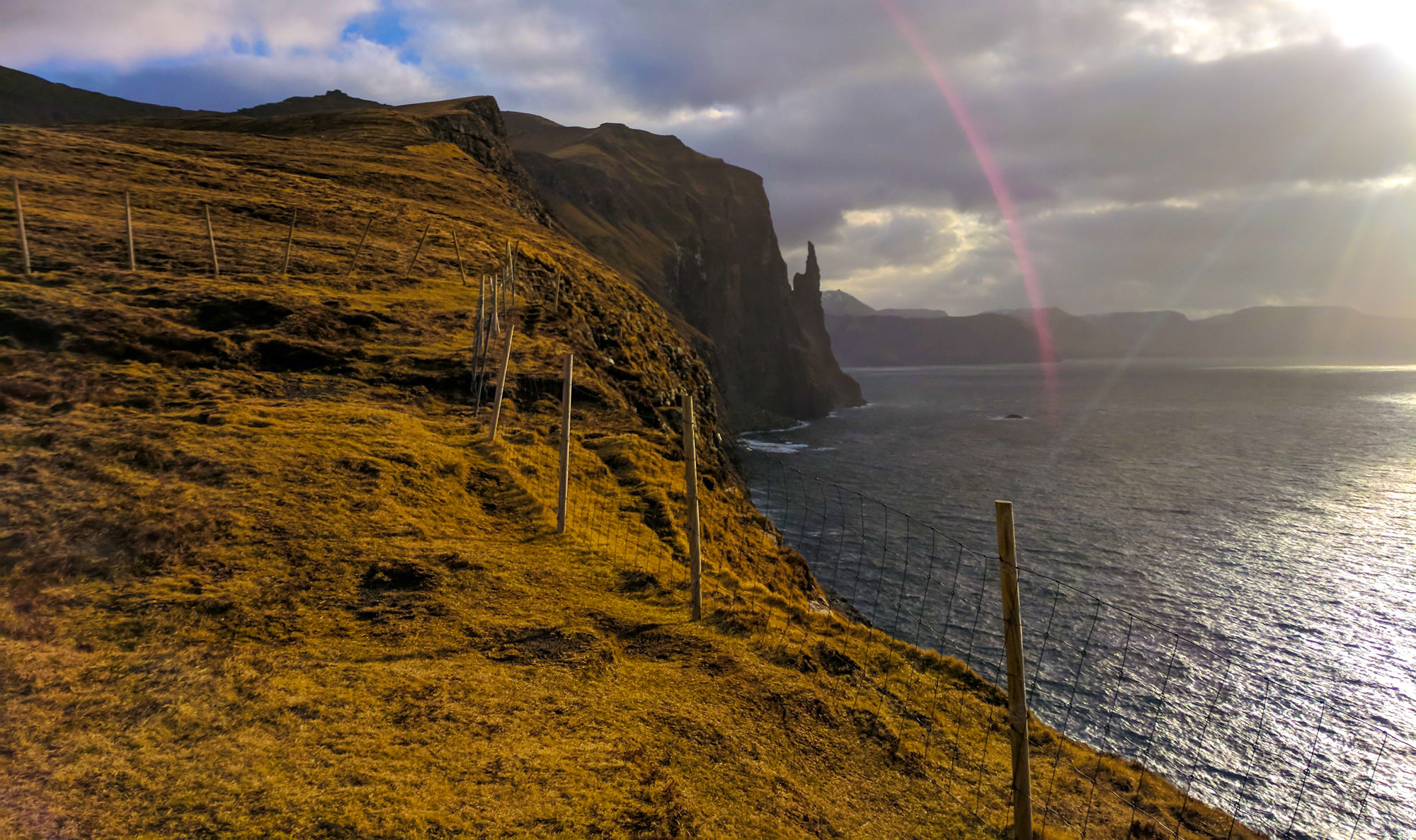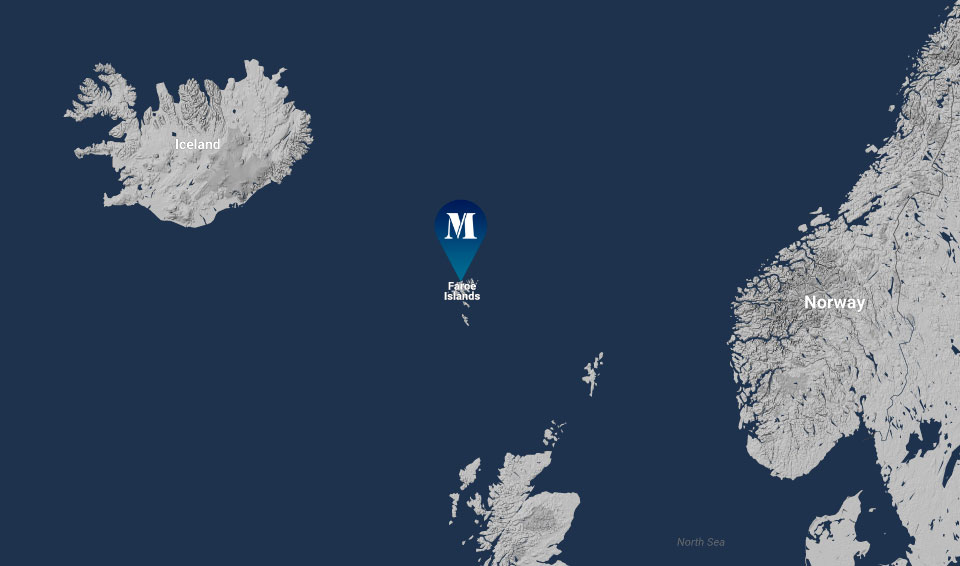“Where you off to then?” asks my early morning Uber driver.
“The Faroe Islands,” I reply, still very much half asleep.
“Faroe Islands? Never heard of them, mate.”
“They’re… er… sort of between Scotland, Norway, and Iceland.”
Before being invited to visit the Faroe Islands, my knowledge of the place was minimal to say the least. I knew roughly where it was, I knew that the people there were mad keen on whaling, I knew that their national football team had been a thorn in the side of Scotland on more than one occasion and I knew that the landscape there was becoming an increasingly regular feature on my Instagram newsfeed. I did not know much about the Faroe Islands.
“The sea turned red with blood”
I wasn’t the only one. A friend, for example, had them pegged as a part of the UK when they’re actually a self-governing part of Denmark. This overriding sense of mystery about the place is evident in the title of The North Face’s Faroe-set climbing film ‘Land of Maybe’; a 15 minute short that focuses on James Pearson, Cedar Wright, and Yuji Hirayama tackling one of the world’s highest promontories – Cape Enniberg. The climb up the 754 metre-high sea cliff saw the trio battle bad weather, unpredictable terrain, and even an army of puking birds.
After a two hour flight to Copenhagen followed by another two hour flight to the Faroe Islands’ only airport, I find myself standing on Vágar; the third largest of the 18 islands that make up the Faroe archipelago. Vágar has an area of 69 square miles, which is roughly a ninth the size of the Isle of Skye. Despite being only 336 miles (as the crow flies) from Inverness, it feels other-worldly from the second you get off the plane. Factor in the scenery, on top of the pervading sense of isolation, and it’s easy to imagine Luke Skywalker living in exile here.
